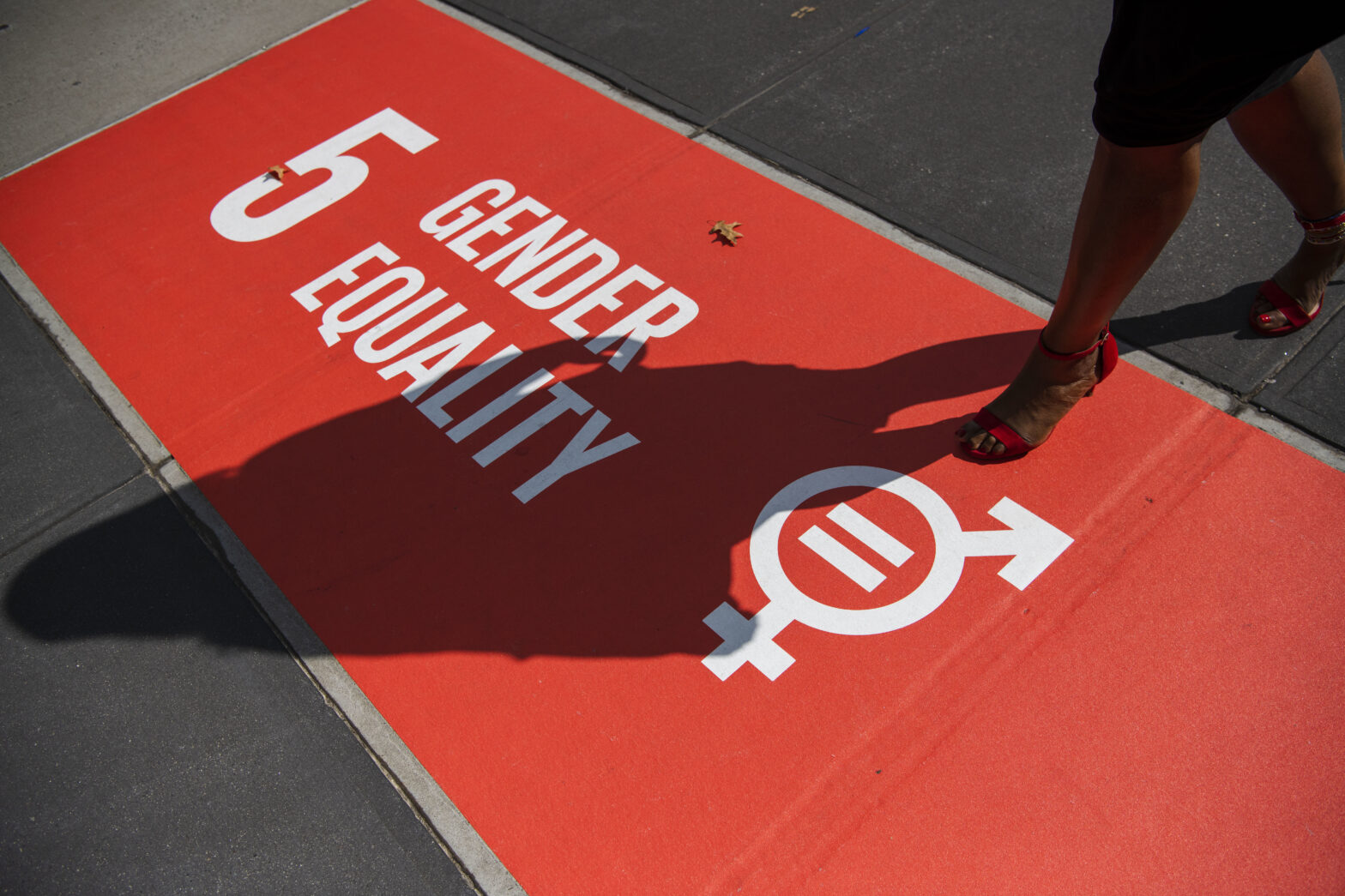The following excerpt is posted from an article originally published on The Review of Democracy.
Data plays a fundamental role in mobilizing, focusing, and monitoring efforts to achieve gender equality. It helps identify gaps, streamline policies, and direct resources. However, the chronic underfunding of gender statistics and the inaccessibility of disaggregated data hamper efforts to these ends. Different kinds of data are needed. While current global efforts in tracking progress rely largely on official statistics, there’s also a need to understand the complexity and nuances of inequality – information that is hard to capture numerically. This commentary addresses progress, setbacks, and complementary data needed in the quest for gender equality. It draws from a recent assessment of the United Nation’s progress on gender equality across the Sustainable Development Goals, The Gender Snapshot 2023.
The 2030 Agenda for Sustainable Development, with an ambitious goal to achieve gender equality by the end of this decade, represents a pivotal global effort towards a fair and equitable world. The adoption of the Sustainable Development Goals (SDGs) by all UN Member States in 2015 marked a significant shift from the earlier Millennium Development Goals. They expanded the scope of gender equality to encompass issues like violence against women, division of care work, and access to resources. This broadened focus reflects a deeper understanding of the multifaceted nature of gender inequality and the universal need for progress in the poorest nations and across all countries. Yet, having passed the midpoint of the 2030 timeline, the data reveals a troubling reality: we are far from being on track to meet these goals.
Gender Equality: Progress and Peril
Gender equality is recognized as an unmet standalone goal (SDG 5), which is vital for realizing all the other Sustainable Development Goals. Yet roughly only one in two data points needed to track progress on SDG is currently available, reflecting significant gaps in our understanding and monitoring of gender equality worldwide. The COVID-19 pandemic, along with ongoing conflicts, climate change, and a growing backlash against women’s sexual and reproductive health rights, has further complicated these efforts. Such crises not only exacerbate existing inequalities but also pose new challenges to data collection, making the task of assessing and responding to gender disparities an uphill battle. Despite these hurdles, there have been certain advancements. What follows is a snapshot of the SDG 5 targets and indicators.
What does available SDG 5 data tell us?
- Discrimination and legal barriers (SDG 5.1): Despite some progress in legal reform, 75% of countries continue to have legal gaps in women’s equal access to employment and economic benefits. Achieving complete legal gender equality is projected to take another 286 years at the current pace of progress.
- Violence against women (SDG 5.2): 13% of women aged 15-49 have experienced sexual or physical violence from an intimate partner in the past 12 months. The lifetime prevalence of intimate partner violence affects 26% of women. Data on non-partner sexual violence is limited but suggests that 6% of women have experienced it at least once.
- Harmful practices (SDG 5.3): Nearly 1 in 5 young women were married before 18, accounting for 650 million women and girls globally. Although the global rate of child marriage is declining, accelerated action is required. Female genital mutilation affects 230 million women and girls. Progress is not keeping pace with population growth, risking 68 million more girls being cut by 2030.
- Care work (SDG 5.4): Women perform three times more unpaid care and domestic work than men–in some regions, the difference is sixfold, as shown by representative surveys on the proportion of time spent in a day on these activities.
- Women in leadership positions (SDG 5.5): Women hold 26.7% of parliamentary seats in 2023, yet parity is not expected until 2062. While women’s share in economic leadership positions is deteriorating, women’s representation in local government is close to target.
- Sexual and reproductive health and rights (SDG 5.6): There is a significant gap between existing legal frameworks and women’s actual decision-making power regarding their sexual and reproductive health and rights. Legal reforms have not sufficiently translated into practical access for women.
- Access to economic resources (SDG 5.a): Women’s land ownership rights lag. Less than 50% of women have secure land rights in most surveyed countries (34 of 46 countries). Only 6 of 68 countries with available data have legal frameworks fully guaranteeing women’s equal rights to own and/or control land.
- Technology use (SDG 5.b): Data shows women are 8% less likely to own mobile phones compared to men, indicating a gender technology gap. While gender parity is close to being reached in high- and middle-income regions, it is far from achieved in lower-income regions.
- Gender legislation and budgets (SDG 5.c): Only 26% of countries fully meet requirements for systems to track gender budgeting allocations, and 15% of countries lack minimal features.
These findings underscore the critical mid-point status of SDG 5 targets, highlighting progress in certain areas but significant challenges in fully realizing gender equality and the empowerment of women and girls.
Read the full story at The Review of Democracy.
